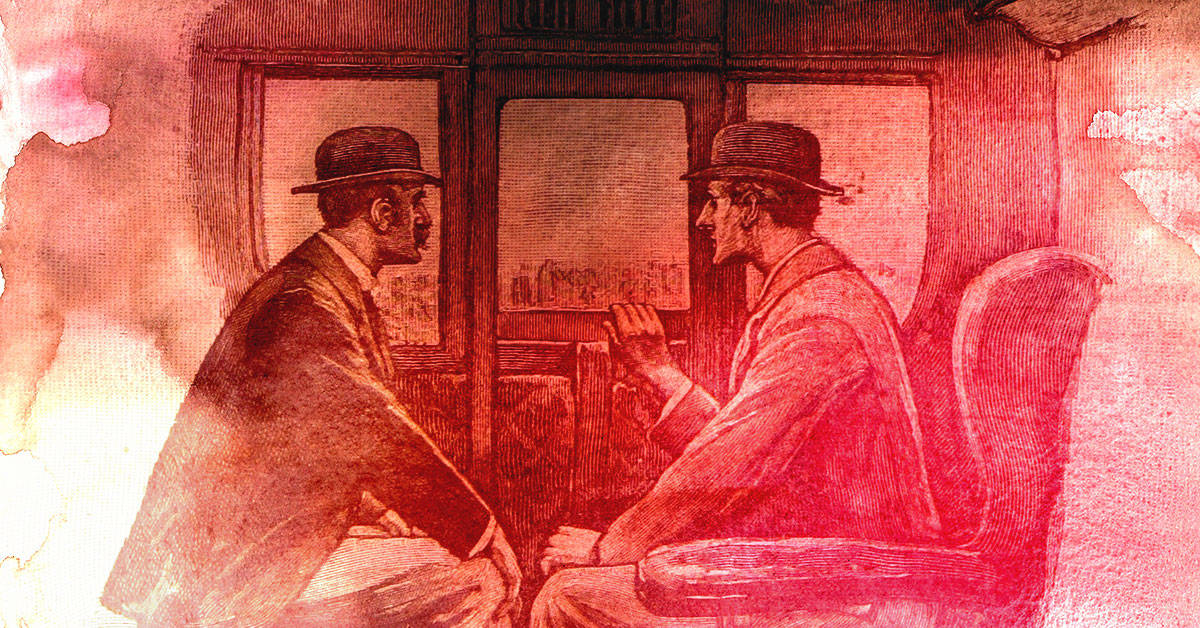In researching a new novel, I stumbled across a curious tidbit within The Scientific Sherlock Holmes by James O’Brien. It briefly mentioned The Valley of Fear, one of the four Sherlock Holmes novels, as an early precursor to the hardboiled novel. Intrigued as Holmes coming across a mystery, I immediately sought out the story. I’m a perpetual dabbler in Sherlock Holmes – I’ve read and enjoyed many, but not all of the stories.
I’m not sure if I need to include a spoiler alert for a book which has been around for 100 years, but you have been duly warned.

It’s the second half which takes a much darker tone, diverting from Holmes to recount the events in America which led to the murder. This half emulates the hardboiled and noir to become popular in the years after Doyle’s death. At first glance the novel appears to be more noir than hardboiled, following one Mr McMurdo’s descent into self-destruction through his violent tendencies. The story is set in the town of Vermissa Valley, nicknamed the Valley of Fear; which Doyle aptly sets up in this passage in the same way one of Dashiell Hammett’s towns takes on the miasma of vice:
Look down the valley! See the cloud of a hundred chimneys that overshadows it! I tell you that the cloud of murder hangs thicker and lower than that over the heads of the people. It is the Valley of Fear, the Valley of Death. The terror is in the hearts of the people from the dusk to the dawn.
![By Goldwyn Pictures (site, poster) [Public domain], via Wikimedia Commons](https://www.katclay.com/wp-content/uploads/2016/01/Sherlock_Holmes_poster-201x300.jpg)
Some of the prose has a grittier edge than the usual larkish Holmes story, such as, “If killing is murder, then God knows there is murder and to spare” or “They were as hardened to murder as a butcher to sheep.” Or when Holmes discusses arch-nemesis Moriarty:
“I happen to know who is the first link in his chain – a chain with this Napoleon-gone-wrong at one end, and a hundred broken fighting men, pickpockets, blackmailers, and card sharpers at the other, with every sort of crime in between.”
Can’t you just hear Bogey reading that out? The book is also notable for Doyle’s meta-commentary on the detective novel, as if he were trying to make a point about detectives in fiction. In his words:
I don’t take much stock of detectives in novels – chaps that do things and never let you see how they do them. That’s just inspiration: not business.
In contrast to the privately wealthy Holmes who took on cases out of intrigue, I wonder what Doyle would have thought of the gumshoe for hire PI to come later, who worked to get paid (and usually complained about how the money he was getting for the case didn’t adequately cover the risk involved). Although The Valley of Fear is not as well known as its associates, it is a fascinating read for its place in the history of crime fiction.
Is Sherlock Holmes the precursor to hardboiled? What’s your favourite Holmes story?
Feature image remixed from the Memoirs of Sherlock Holmes, Public Domain, The British Library on Flickr

Share your thoughts